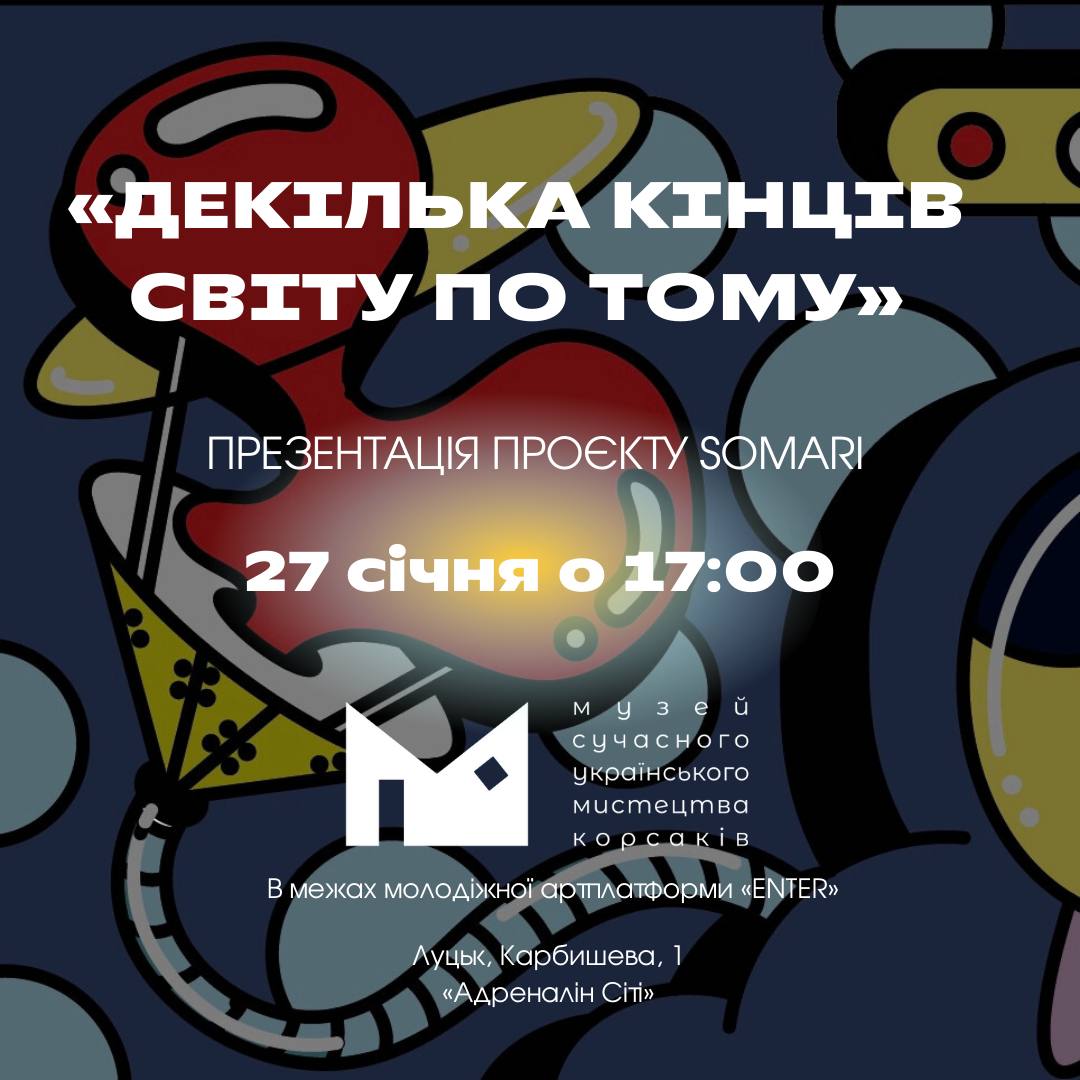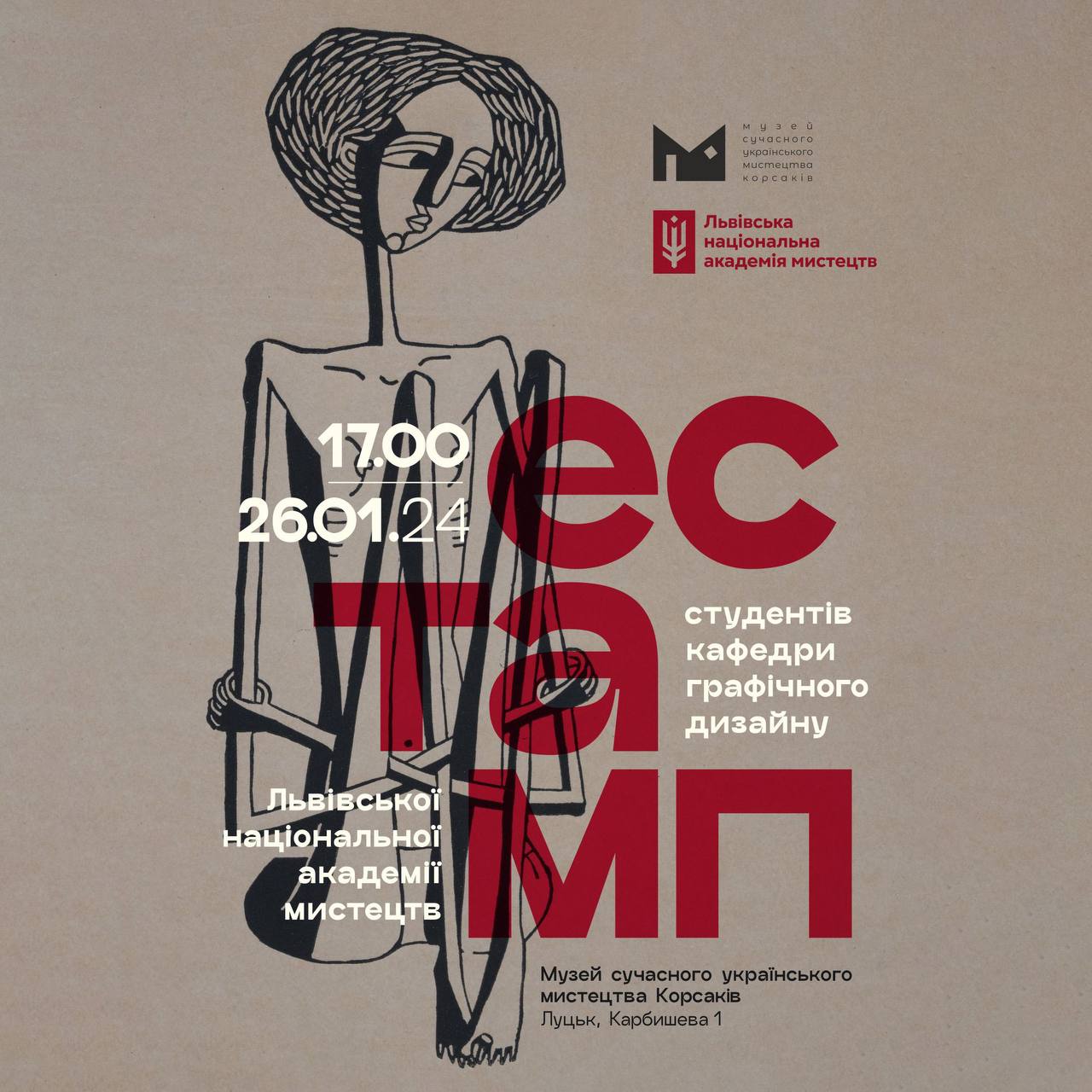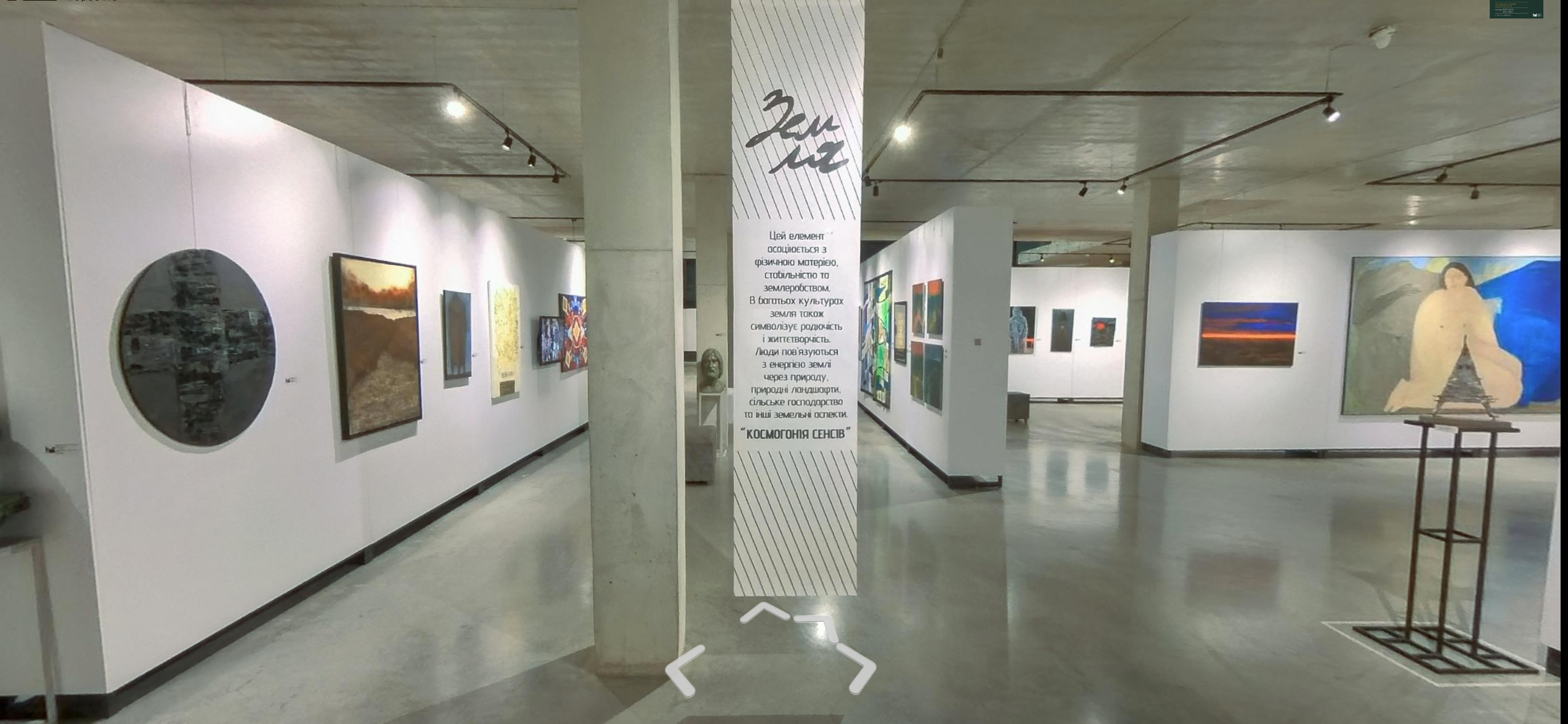On January 27 at 5:00 p.m., the Korsaks` Museum will host a presentation of Somari’s works “Several ends of the world after that” within the framework of the youth art platform “ENTER”
Somari is a contemporary futurist artist whose visual art style is an offshoot of post-graffiti. Current artistic practices of the artist are centered around the creation of the plot and mythology of her own universe. This fantasy world is the author’s assumption of the birth of a new civilization, which could hypothetically develop as part of a singular scenario after the end of the world. In the center of the plot is a story about a technologically advanced civilization and a unique plant world. In the center of the plot is a story about a technologically advanced civilization and a unique plant world. The story delves into the conflict between the attempts of intelligent beings to dominate and control nature, playing the role of creator, and the preservation of culture, roots and identity. Each subsequent project will outline storylines and add new details to this world.
The canvases presented on the “Enter” art platform are dedicated to the scenes of the research of these fictional heroes. Visually, they look like a frozen frame of a moving visual element. Through these plots, the artist wants to reveal the context and introduce the viewer to the prerequisites of the author’s story, that is, it will be a kind of prequel.
The following plot develops on the canvases: three characters, researchers, study a strange flora that has evolved by growing metal parts due to the threat of the advance of technological civilization. A fourth mysterious character, who is the reincarnation of the most famous image of the artist outside of this story, watches the development of events. These scenes immerse you in the mythology of the virtual world and are the beginning of a story, the beginning of a great exploration, an adventure, as well as a reflection on the relationship between technology and nature, between an intelligent being and the environment.
On these canvases, viewers can see only a two-dimensional image of a multidimensional world of the distant future. There are controlled errors in volumes and perspective in the image, due to the fact that the laws of perspective that we are used to do not work in this world, so this is how all attempts to visualize multidimensionality on a flat object will look.
The title: “Several ends of the world after that” refers to the explanation of when and how the existence of such a fantastic and unlike any other world is possible.









